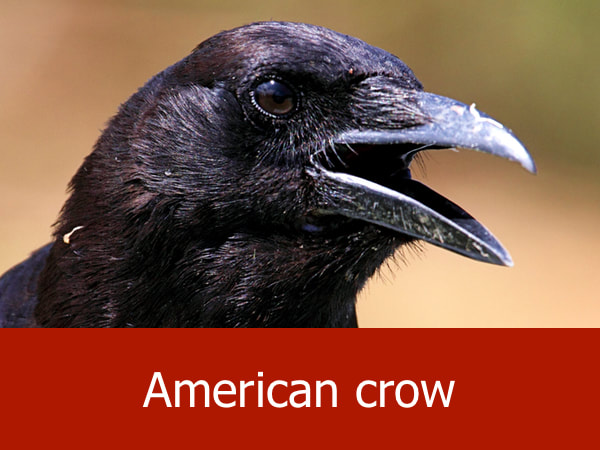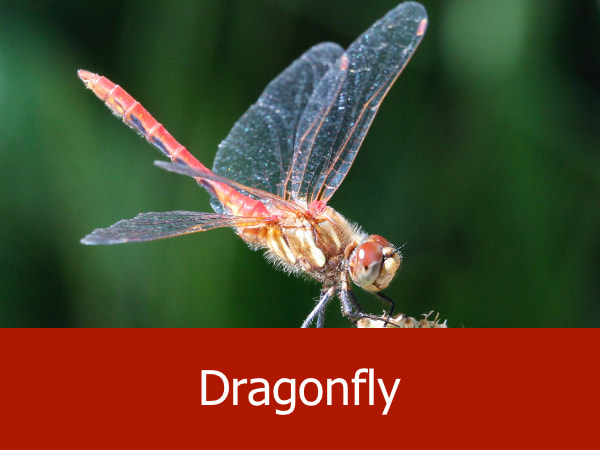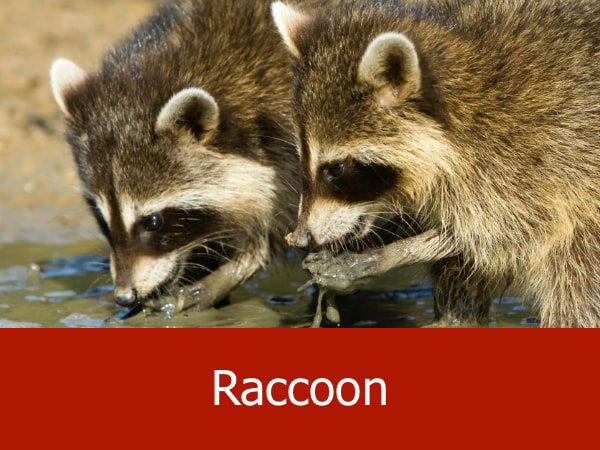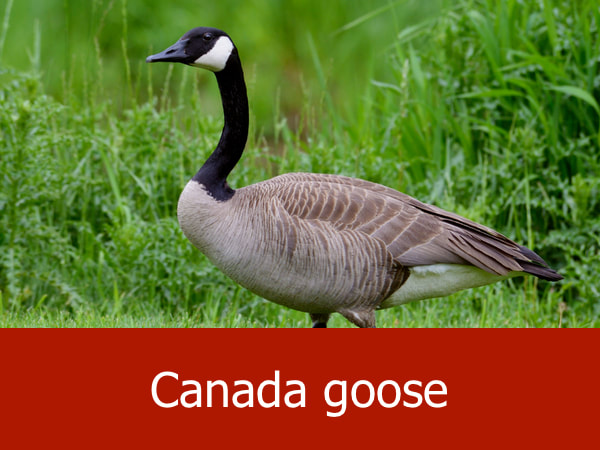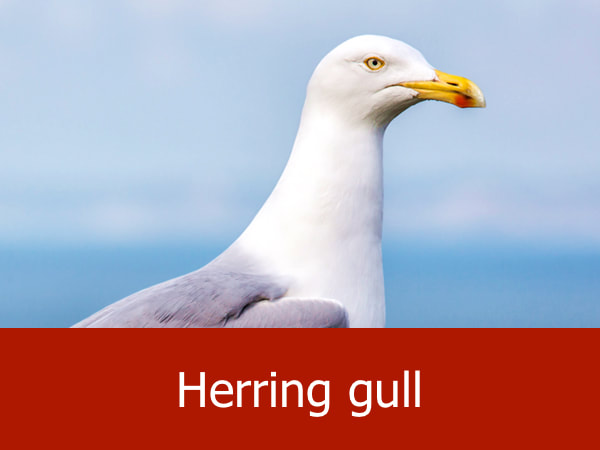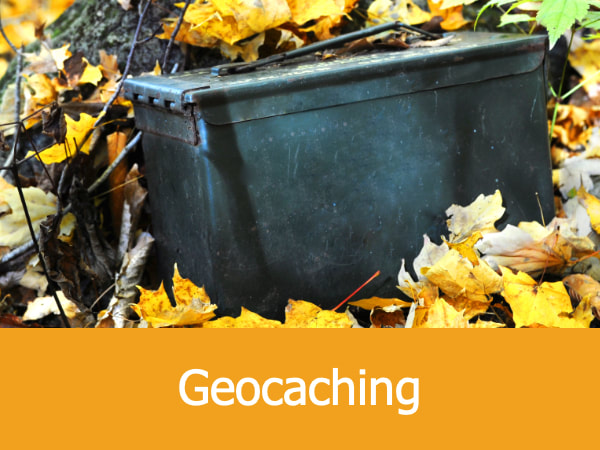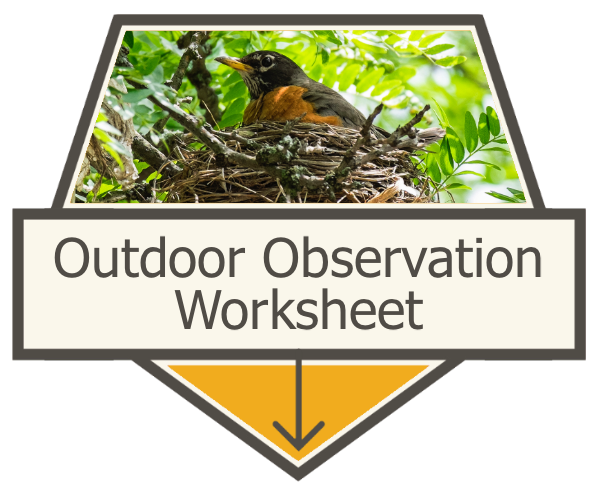|
GPS Coordinates: 46.2027599, -123.9796982
|
EXPERIENCE > YOUTH ACTIVITIES > LIFE IN RUINS
So you might be asking yourself, “How could an old military fort possibly be a great place for observing nature?” The answer has to do with Fort Stevens location, just ten miles (16 km) west of Astoria and on the very northwestern tip of Oregon. Now a state park, the northern edge of the fort includes three miles of Columbia River frontage. Along the southern edge are expansive beaches and wetlands, and in between are 4,500 acres of woodlands including three major lakes and miles of bicycle and hiking trails. The military may have chosen this wedge of land for its strategic value, but today Fort Stevens is a favorite recreational site due to its unique natural beauty. |
Wildlife Among the Crumbling Walls:
So where do you start looking for animals in all that space?
You might just start with the massive concrete bunkers and old gun emplacements which are spread out over several locations inside Fort Stevens. The biggest cluster of ruins is adjacent to the park’s war museum and visitor’s center on the river-side. This includes the West Battery, Battery Pratt and Battery 245. Many animals — particularly birds — call these abandoned structures home and you can wander the subterranean passageways serenaded by chirps, tweets and whistles.
If you keep an eye open, you will notice that many of the birds are roosting in the air ducts, crevices and among the iron support beams overhead. Because the batteries are surrounded by earth works, which are now overgrown with native plants, the ruins are excellent for spotting mammals such squirrels, possum, chipmunks and raccoon. Burrowing animals like rabbits, gophers, moles and mice may also find shelter in these artificial berms.
You might just start with the massive concrete bunkers and old gun emplacements which are spread out over several locations inside Fort Stevens. The biggest cluster of ruins is adjacent to the park’s war museum and visitor’s center on the river-side. This includes the West Battery, Battery Pratt and Battery 245. Many animals — particularly birds — call these abandoned structures home and you can wander the subterranean passageways serenaded by chirps, tweets and whistles.
If you keep an eye open, you will notice that many of the birds are roosting in the air ducts, crevices and among the iron support beams overhead. Because the batteries are surrounded by earth works, which are now overgrown with native plants, the ruins are excellent for spotting mammals such squirrels, possum, chipmunks and raccoon. Burrowing animals like rabbits, gophers, moles and mice may also find shelter in these artificial berms.
|
GPS Coordinates: 46.1934634, -123.9756265
|
Beyond the West Battery:Once you're done exploring the West Battery, a particularly beautiful spot to see wildlife is Battery Russell on the ocean-side of Fort Stevens. This old gun emplacement doesn’t have the same level of tourist traffic as the others so you may have a better chance of spotting animals. Plus, you can wander the Battery Russell trail concrete structure overlooks a dense wetland filled with birds like ducks, scoters and loons.
If you take advantage of the park’s miles and miles of trails, you might be so lucky as to spot Roosevelt elk, black-tailed deer and American beaver. Wildlife blinds and viewing platforms are scattered along the trails to help assist with animal spotting. The thick forests include trees like sitka spruce, shore pine, western hemlock and red alder. The yearly migration route of the gray whale runs all along the coastline here, and if you’re really lucky you might glimpse the blowhole spray in the waves on the ocean-side of the park. Make a trip south to Ecola State Park and you will find even better areas for whale watching. Download the exploration tools at the bottom of this page to help explore these sites and determine how wild species are now using them. RELATED FEATURES: Landmark Places: Fort Stevens State Park | Landmark Places: Fort Columbia | Our Most Famous Shipwreck |





